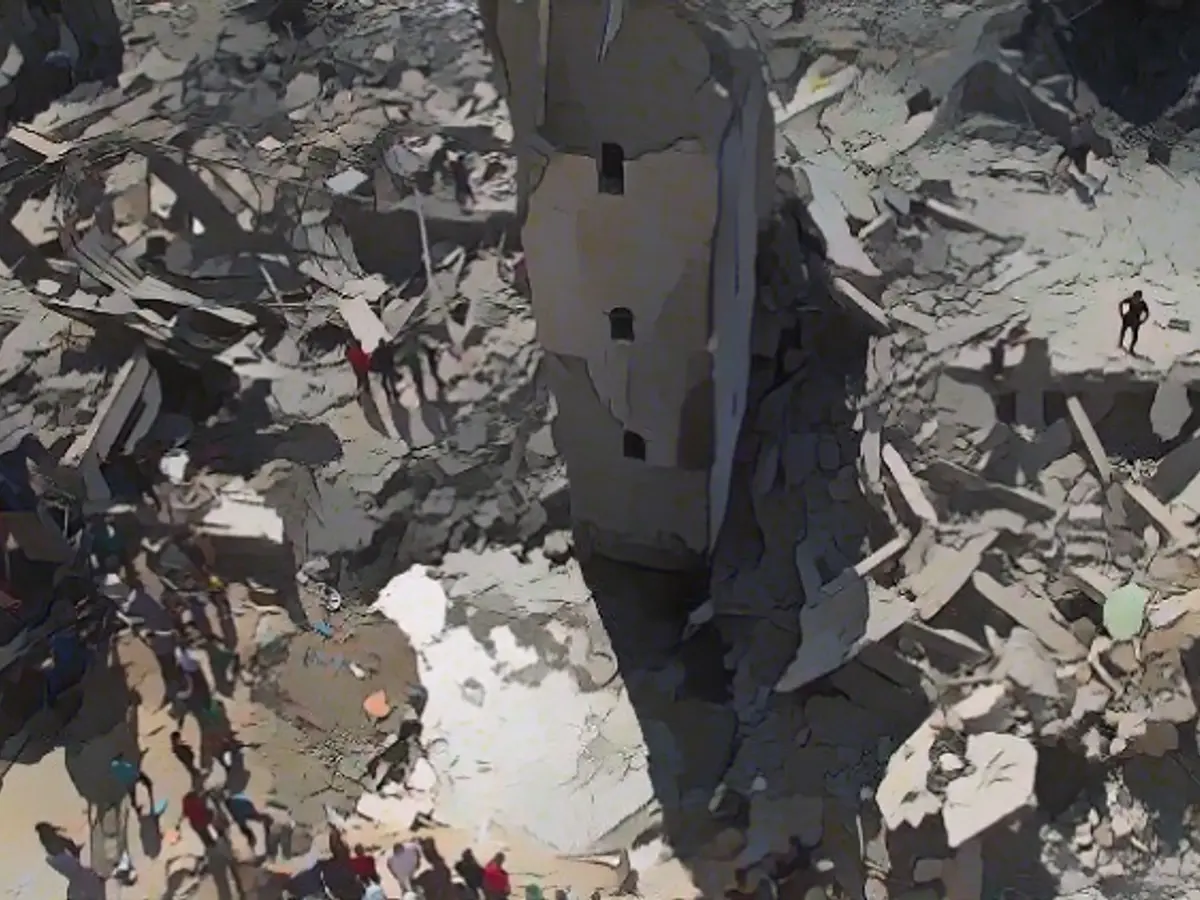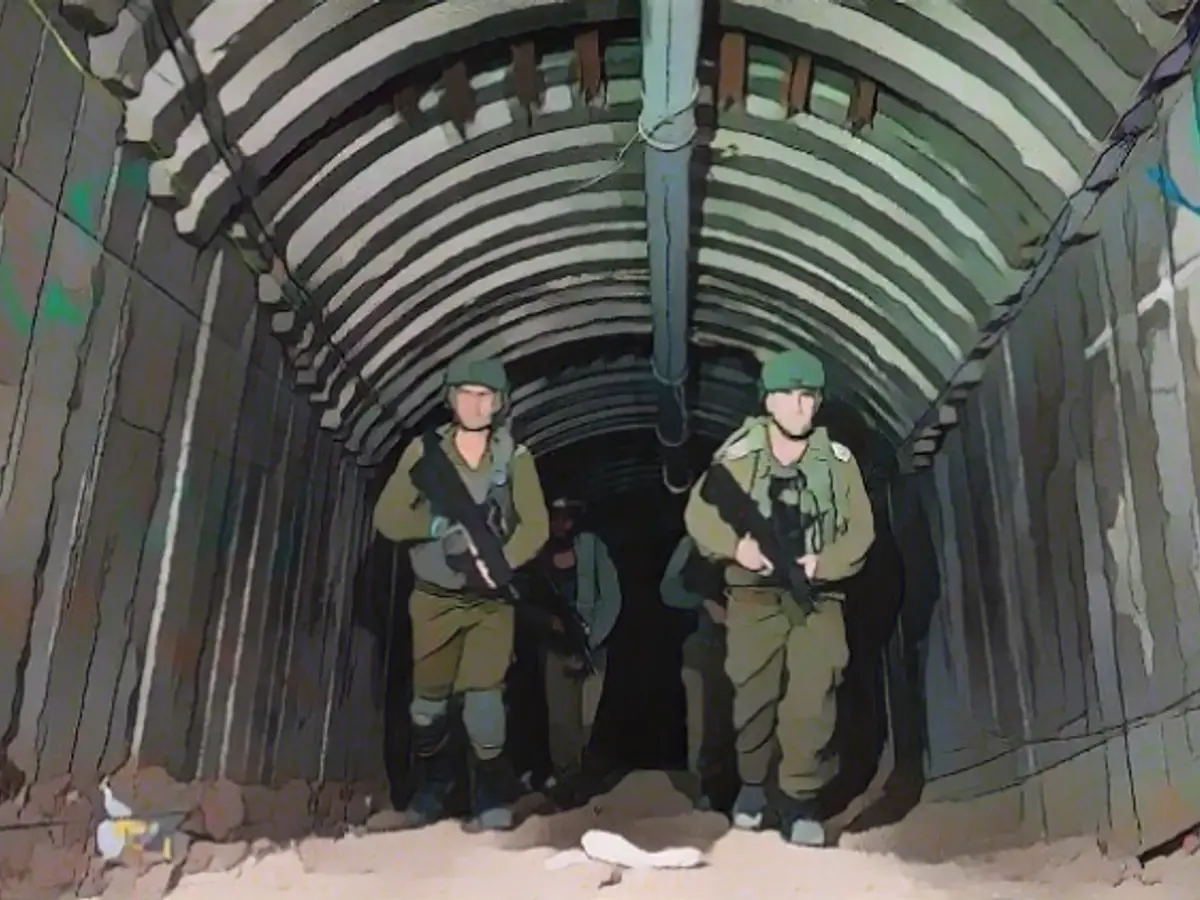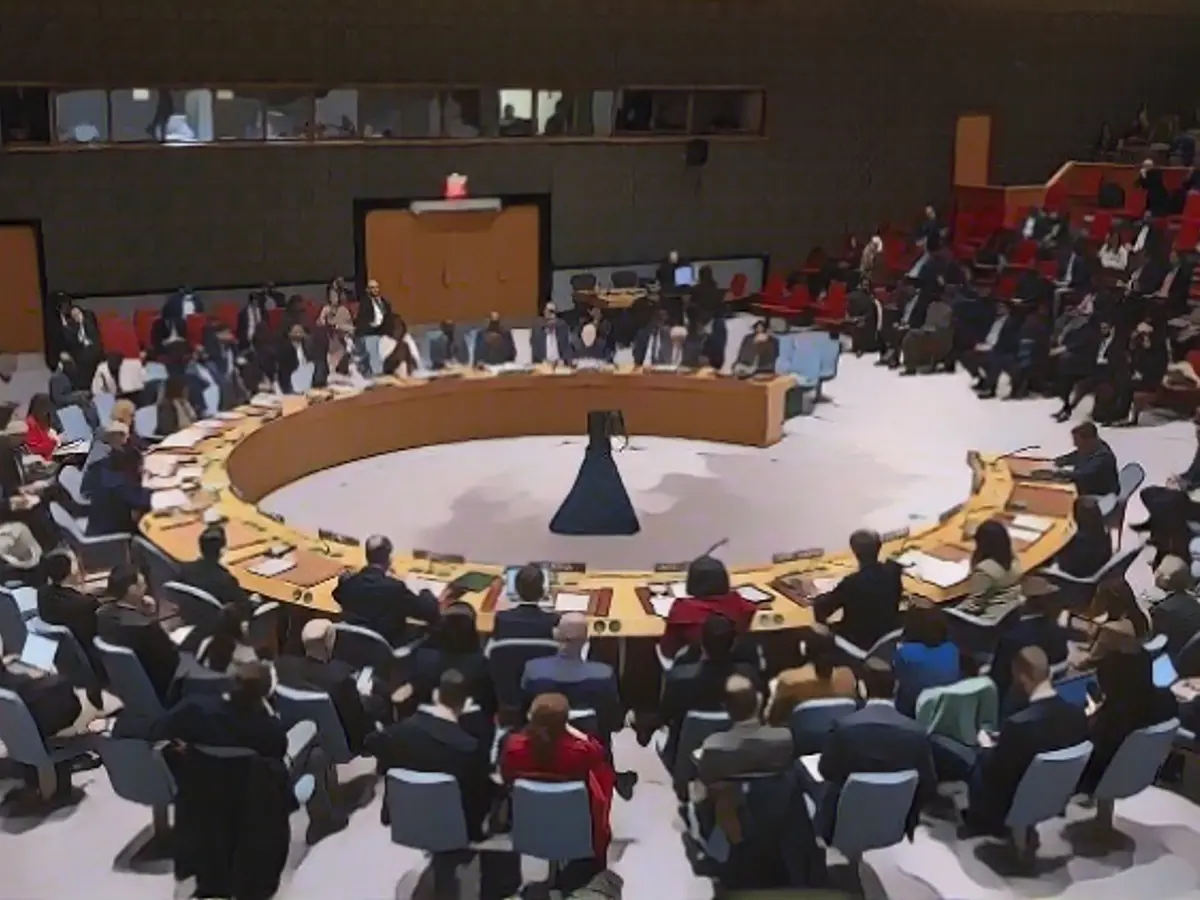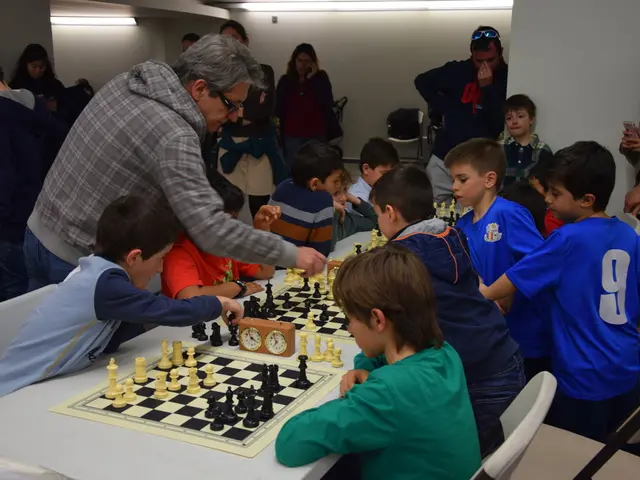In the heart of modern warfare, cities like Gaza City are under threat. With civilian casualties making up a staggering 90%, it's no surprise that this urban battleground poses significant challenges for militaries, especially in the ongoing conflict between Israel and Hamas.
The Israeli Defense Forces (IDF) grapple with the intricate labyrinth of the Gaza Strip's underground tunnel system, referred to as the "Gaza Metro." This subterranean network allows Hamas operatives to move unnoticed amongst different fighting positions and quickly resurface, catching the Israeli forces off guard. Tunnels serve as a decisive element in Hamas' guerrilla warfare strategy, housing power generators, ventilation systems, and food supplies.
Israeli forces must turn over every stone to uncover any potential tunnel entrance. From basements of schools to child's beds in private homes, soldiers have been discovering hatches that lead to this inhospitable network. The tunnels, however, also present a significant challenge. Basic navigation and communication tools are rendered ineffective, making it hazardous to breathe and move in some corridors, and presenting challenges when it comes to targeting within their narrow confines.
Meanwhile, the urban landscape becomes a deadly game of hide and seek, with both sides relying on cunning to gain the upper hand. Hamas uses an innovative approach by leveraging drones for reconnaissance and attacks. Meanwhile, their improvised rockets can be easily deployed from protected bases within buildings, enabling them to take advantage of the labyrinthine urban environment.
Further complicating the situation is the IDF's reliance on heavy tanks and mechanized formations to advance, which are susceptible to attacks from all sides. In these tight urban landscapes, militant groups utilize portable anti-tank weapons to position themselves at strategic positions, making their kills on vulnerable Israeli formations all the more effective.
With the increasing use of human shields, the need to uphold international law becomes ever more critical. Israel's legal advisors are now involved at both a tactical and strategic level, ensuring that any actions comply with the principles of proportionality, necessity, and the distinction between military and civilian targets. However, the complex web of challenges presented by urban warfare and the often-blurred lines between combatant and non-combatant make this task all the more challenging.
In this intricate, high-risk dance, Hamas' reliance on urban warfare techniques threatens to leave a trail of devastation. Israel, however, must tread carefully within this volatile environment, balancing the need for aggressive action with respect for international law. The clock ticks as the alliance between Israel and its allies is put to the test, and the scope of this urban warfare challenge becomes all the more evident.








